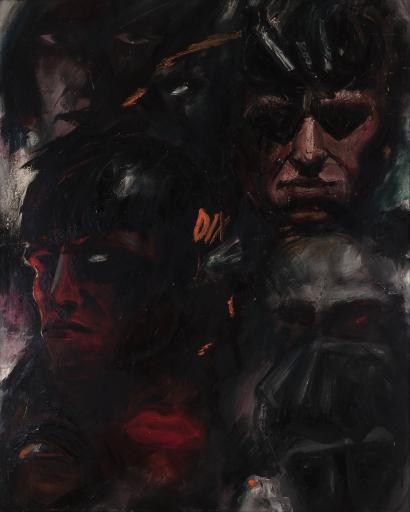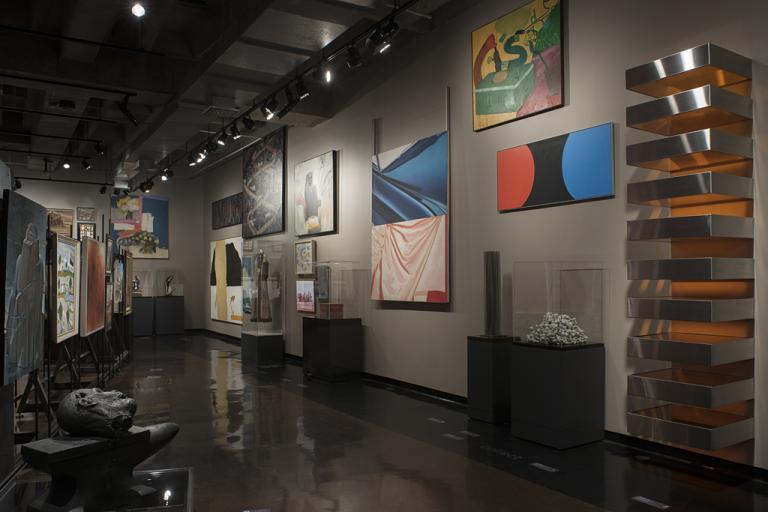self-portraits, Otto Dix
Artwork Overview
Otto Dix, artist
1891–1969
self-portraits,
1914
Where object was made: Germany
Material/technique: oil; composition board
Dimensions:
Canvas/Support (Height x Width x Depth): 70.5 x 54.6 cm
Canvas/Support (Height x Width x Depth): 27 3/4 x 21 1/2 in
Frame Dimensions (Height x Width x Depth): 36 5/8 x 31 5/8 x 2 1/8 in
Canvas/Support (Height x Width x Depth): 70.5 x 54.6 cm
Canvas/Support (Height x Width x Depth): 27 3/4 x 21 1/2 in
Frame Dimensions (Height x Width x Depth): 36 5/8 x 31 5/8 x 2 1/8 in
Credit line: Museum purchase
Accession number: 1961.0004
On display: Michaelis Gallery
If you wish to reproduce this image, please submit an image request























